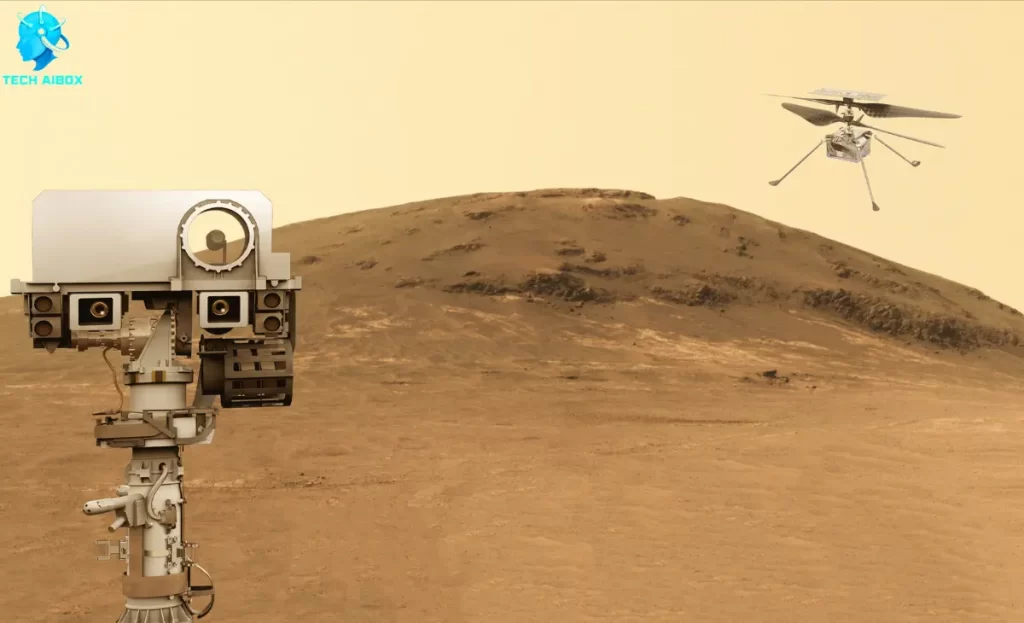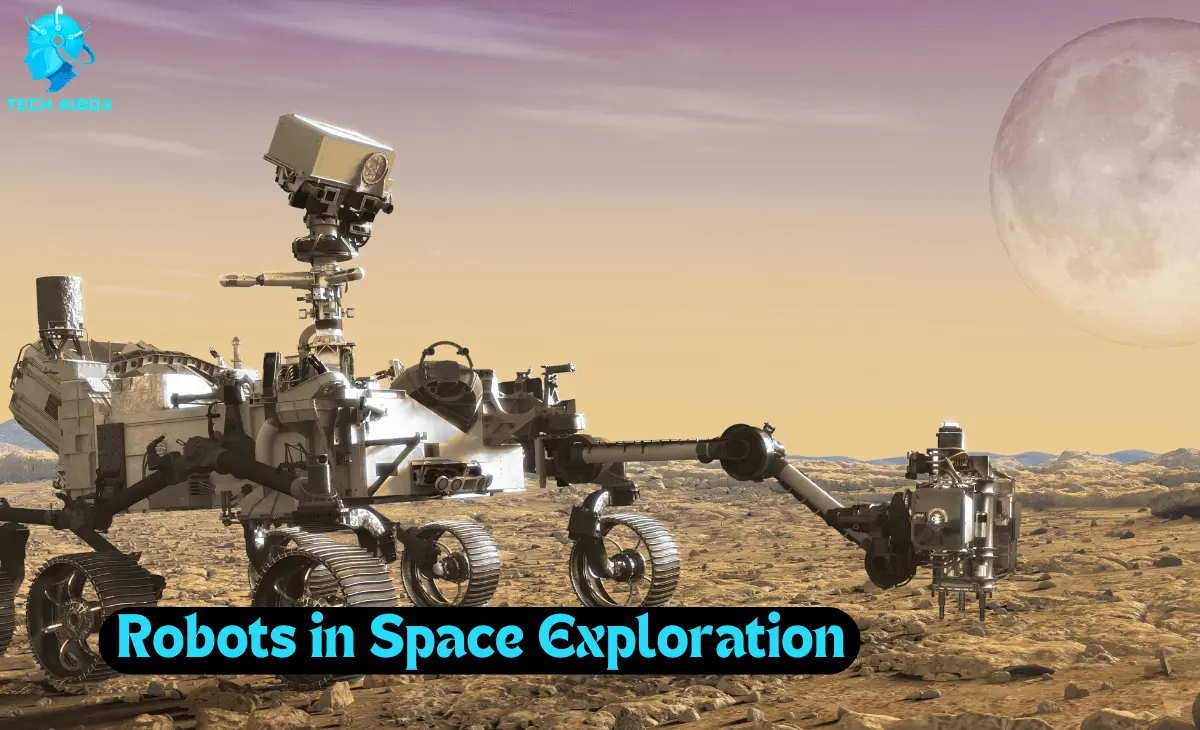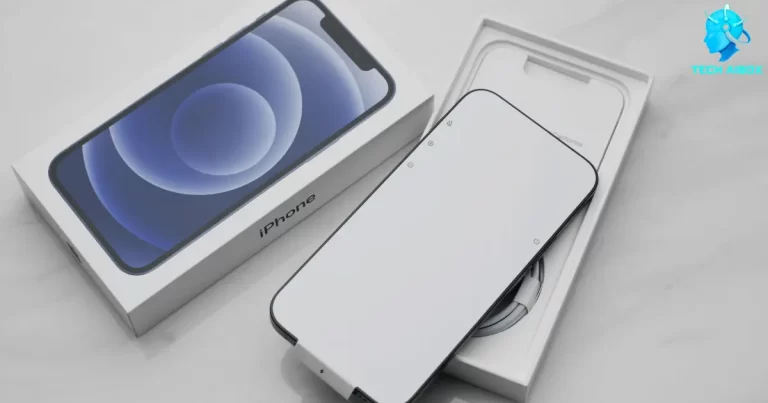Robotics plays a big part in exploring space, helping us reach places people can’t go. Robots are built to handle hard conditions like extreme heat, cold and rough ground. From studying far-off planets to gathering samples, robots help us learn more about space. Space robots face challenges too, like working smoothly in zero gravity and dealing with power limits. With steady progress, robotics in space exploration keeps moving forward, helping us find new worlds and answer big questions about space.
The Importance of Robotics in Space
Why do we need robots in space? First, space is a harsh place. It is cold, dark, and full of unknowns. Humans cannot stay there for long. Robots can go places humans cannot. They can survive extreme temperatures, high radiation, and low gravity. Robots help us gather data. They send information back to Earth. This helps scientists learn about other planets, moons, and asteroids. They also help us prepare for human missions in the future.
Types of Robots Used in Space
Rovers
Rovers are robots that drive across the surface of planets and moons. They explore, collect samples, and send back images. The most famous rover is NASA’s Perseverance. It landed on Mars in 2021. It is searching for signs of past life and collecting rock samples.
Rovers help in:
- Gathering data about soil and rocks.
- Studying weather patterns on other planets.
- Exploring different terrains for future missions.
Landers
Landers are robots that land on a surface and stay there. They do not move around like rovers. Instead, they take measurements and send data back to Earth. One example is the Insight lander, which studies Mars’ interior.
Landers focus on:
- Measuring seismic activity.
- Analyzing temperature changes.
- Studying the planet’s atmosphere.
Orbiters
Orbiters are robots that circle planets or moons. They collect data from above. They can map surfaces, study atmospheres, and look for water. The Mars Reconnaissance Orbiter has been in orbit since 2006. It has sent back detailed images of Mars’ surface.
Orbiters provide insights on:
- Surface features and geological changes.
- Atmospheric conditions.
- Potential landing sites for future missions.
Drones and Flyers
Drones and flyers are a new part of robotics in space exploration. They can fly in thin atmospheres, like on Mars or Titan, Saturn’s largest moon. NASA’s Ingenuity helicopter flew on Mars in 2021. It showed that powered flight is possible in Mars’ thin air.
Drones and flyers are useful for:
- Exploring hard-to-reach areas.
- Collecting aerial images and data.
- Testing flight technology for future missions.

Recent Advances in Robotics for Space Exploration
AI and Machine Learning
Artificial intelligence (AI) is changing how robots work in space. With AI, robots can make their own decisions. They can analyze data in real-time. This helps them adapt to new situations. For example, rovers can choose where to go based on what they see.
Autonomous Navigation
Robots are getting better at navigating without help from humans. They can map their surroundings and find the best paths. This is important for exploring unknown terrains. Autonomous navigation allows robots to travel farther and explore more.
Advanced Sensors
Robots now have advanced sensors. These sensors can detect light, temperature, and even gases. They help robots gather more accurate data. For example, the Curiosity rover has a weather station that tracks Martian weather.
3D Printing
Robotics in space exploration is gaining from 3D printing. Robots can create tools and parts on demand. This is important for long missions. It means astronauts do not need to bring everything from Earth. Instead, they can make what they need.
Challenges in Space Robotics
Communication Delays
One challenge in space robotics is communication. When robots are far from Earth, signals take time to travel. This means commands can take minutes or even hours to reach the robot. Autonomous systems help overcome this issue by allowing robots to operate independently.
Harsh Environments
Space is tough on machines. Extreme temperatures, radiation, and dust can damage robots. Engineers must design robots to withstand these conditions. They need to test robots in space-like environments on Earth.
Limited Resources
In space, resources are limited. Robots need to use energy wisely. Solar panels are common, but they can be less effective far from the Sun. Engineers are developing new energy sources, like nuclear power, for long missions.
The Future of Robotics in Space Exploration
Human-Robot Collaboration
In the future, robots and humans will work as a team in space. This teamwork can make missions safer and faster. Robots can handle risky jobs, like fixing equipment, while humans focus on exploring and gathering facts. This mix of human skill and robot strength will be key for space exploration growth.
Mining Resources
Robots may help gather useful resources on other planets. For example, mining metals from asteroids could help support life in space. Robots can safely take out materials, like water and metals, without putting people in danger. This would make it easier to build space homes and provide supplies for future trips.
Space Tourism
As space tourism grows, robots will support this new industry. Robots can help launch and land spaceships safely and smoothly. They may also help run and repair space stations for tourists, making travel safe and comfy. Robots in space tourism will make trips easier and less risky for everyone.
Colonization of Other Planets
One big goal in space exploration is to live on other planets. Robots will play a big role in making this dream real. They can build homes, grow food, and set up systems for air and water. By handling hard jobs, robots make it easier for people to settle on new worlds.
FAQs
1. What types of robots are used in space exploration?
Robots used in space include rovers, landers, orbiters, and drones. Each type has a specific role in gathering data and exploring different environments.
2. How do robots communicate with Earth?
Robots send data back to Earth via radio signals. Communication can have delays, especially when robots are far from our planet.
3. What are the main challenges for robots in space?
Robots face challenges like harsh environments, communication delays, and limited resources. Engineers work hard to design robots that can overcome these obstacles.
4. How is AI used in space robotics?
AI helps robots make decisions and analyze data in real-time. This allows them to adapt to new situations without waiting for commands from Earth.
Conclusion
Robotics is changing how we explore space, opening new doors. Robots help us reach places that are too risky or far for people. They gather key facts, study planets, and make space safer for future trips. As tech grows, robotics in space exploration will be even more important. Robots will work with people, explore far worlds, and show us new parts of our universe. This teamwork between robots and people will help us go farther than ever before. The future of robotics in space is exciting and full of hope, bringing us closer to our dream of exploring and living beyond Earth.




